Apple Announces The Apple Silicon M1: Ditching x86 - What to Expect, Based on A14
by Andrei Frumusanu on November 10, 2020 3:00 PM EST- Posted in
- Apple
- Apple A14
- Apple Silicon
- Apple M1
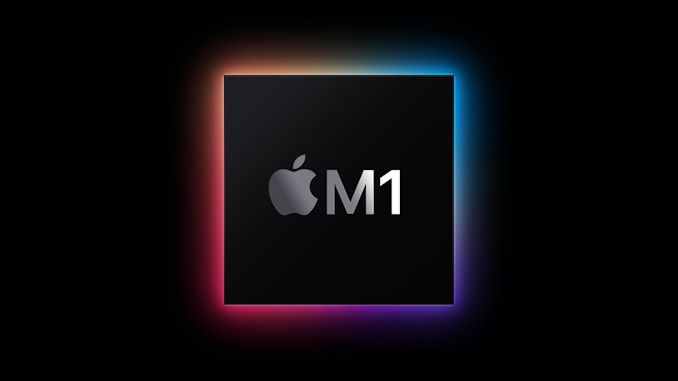
Today, Apple has unveiled their brand-new MacBook line-up. This isn’t an ordinary release – if anything, the move that Apple is making today is something that hasn’t happened in 15 years: The start of a CPU architecture transition across their whole consumer Mac line-up.
Thanks to the company’s vertical integration across hardware and software, this is a monumental change that nobody but Apple can so swiftly usher in. The last time Apple ventured into such an undertaking in 2006, the company had ditched IBM’s PowerPC ISA and processors in favor of Intel x86 designs. Today, Intel is being ditched in favor of the company’s own in-house processors and CPU microarchitectures, built upon the Arm ISA.
The new processor is called the Apple M1, the company’s first SoC designed with Macs in mind. With four large performance cores, four efficiency cores, and an 8-GPU core GPU, it features 16 billion transistors on a 5nm process node. Apple’s is starting a new SoC naming scheme for this new family of processors, but at least on paper it looks a lot like an A14X.
Today’s event contained a ton of new official announcements, but also was lacking (in typical Apple fashion) in detail. Today, we’re going to be dissecting the new Apple M1 news, as well as doing a microarchitectural deep dive based on the already-released Apple A14 SoC.
The Apple M1 SoC: An A14X for Macs
The new Apple M1 is really the start of a new major journey for Apple. During Apple’s presentation the company didn’t really divulge much in the way of details for the design, however there was one slide that told us a lot about the chip’s packaging and architecture:
This packaging style with DRAM embedded within the organic packaging isn't new for Apple; they've been using it since the A12. However it's something that's only sparingly used. When it comes to higher-end chips, Apple likes to use this kind of packaging instead of your usual smartphone POP (package on package) because these chips are designed with higher TDPs in mind. So keeping the DRAM off to the side of the compute die rather than on top of it helps to ensure that these chips can still be efficiently cooled.
What this also means is that we’re almost certainly looking at a 128-bit DRAM bus on the new chip, much like that of previous generation A-X chips.
On the very same slide, Apple also seems to have used an actual die shot of the new M1 chip. It perfectly matches Apple’s described characteristics of the chip, and it looks looks like a real photograph of the die. Cue what's probably the quickest die annotation I’ve ever made:
We can see the M1’s four Firestorm high-performance CPU cores on the left side. Notice the large amount of cache – the 12MB cache was one of the surprise reveals of the event, as the A14 still only featured 8MB of L2 cache. The new cache here looks to be portioned into 3 larger blocks, which makes sense given Apple’s transition from 8MB to 12MB for this new configuration, it is after all now being used by 4 cores instead of 2.
Meanwhile the 4 Icestorm efficiency cores are found near the center of the SoC, above which we find the SoC’s system level cache, which is shared across all IP blocks.
Finally, the 8-core GPU takes up a significant amount of die space and is found in the upper part of this die shot.
What’s most interesting about the M1 here is how it compares to other CPU designs by Intel and AMD. All the aforementioned blocks still only cover up part of the whole die, with a significant amount of auxiliary IP. Apple made mention that the M1 is a true SoC, including the functionality of what previously was several discrete chips inside of Mac laptops, such as I/O controllers and Apple's SSD and security controllers.
The new CPU core is what Apple claims to be the world’s fastest. This is going to be a centre-point of today’s article as we dive deeper into the microarchitecture of the Firestorm cores, as well look at the performance figures of the very similar Apple A14 SoC.
With its additional cache, we expect the Firestorm cores used in the M1 to be even faster than what we’re going to be dissecting today with the A14, so Apple’s claim of having the fastest CPU core in the world seems extremely plausible.
The whole SoC features a massive 16 billion transistors, which is 35% more than the A14 inside of the newest iPhones. If Apple was able to keep the transistor density between the two chips similar, we should expect a die size of around 120mm². This would be considerably smaller than past generation of Intel chips inside of Apple's MacBooks.
Road To Arm: Second Verse, Same As The First
Section by Ryan Smith
The fact that Apple can even pull off a major architectural transition so seamlessly is a small miracle, and one that Apple has quite a bit of experience in accomplishing. After all, this is not Apple’s first-time switching CPU architectures for their Mac computers.
The long-time PowerPC company came to a crossroads around the middle of the 2000s when the Apple-IBM-Motorola (AIM) alliance, responsible for PowerPC development, increasingly struggled with further chip development. IBM’s PowerPC 970 (G5) chip put up respectable performance numbers in desktops, but its power consumption was significant. This left the chip non-viable for use in the growing laptop segment, where Apple was still using Motorola’s PowerPC 7400 series (G4) chips, which did have better power consumption, but not the performance needed to rival what Intel would eventually achieve with its Core series of processors.
And thus, Apple played a card that they held in reserve: Project Marklar. Leveraging the flexibility of the Mac OS X and its underlying Darwin kernel, which like other Unixes is designed to be portable, Apple had been maintaining an x86 version of Mac OS X. Though largely considered to initially have been an exercise in good coding practices – making sure Apple was writing OS code that wasn’t unnecessarily bound to PowerPC and its big-endian memory model – Marklar became Apple’s exit strategy from a stagnating PowerPC ecosystem. The company would switch to x86 processors – specifically, Intel’s x86 processors – upending its software ecosystem, but also opening the door to much better performance and new customer opportunities.
The switch to x86 was by all metrics a big win for Apple. Intel’s processors delivered better performance-per-watt than the PowerPC processors that Apple left behind, and especially once Intel launched the Core 2 (Conroe) series of processors in late 2006, Intel firmly established itself as the dominant force for PC processors. This ultimately setup Apple’s trajectory over the coming years, allowing them to become a laptop-focused company with proto-ultrabooks (MacBook Air) and their incredibly popular MacBook Pros. Similarly, x86 brought with it Windows compatibility, introducing the ability to directly boot Windows, or alternatively run it in a very low overhead virtual machine.
The cost of this transition, however, came on the software side of matters. Developers would need to start using Apple’s newest toolchains to produce universal binaries that could work on PPC and x86 Macs – and not all of Apple’s previous APIs would make the jump to x86. Developers of course made the jump, but it was a transition without a true precedent.
Bridging the gap, at least for a bit, was Rosetta, Apple’s PowerPC translation layer for x86. Rosetta would allow most PPC Mac OS X applications to run on the x86 Macs, and though performance was a bit hit-and-miss (PPC on x86 isn’t the easiest thing), the higher performance of the Intel CPUs helped to carry things for most non-intensive applications. Ultimately Rosetta was a band-aid for Apple, and one Apple ripped off relatively quickly; Apple already dropped Rosetta by the time of Mac OS X 10.7 (Lion) in 2011. So even with Rosetta, Apple made it clear to developers that they expected them to update their applications for x86 if they wanted to keeping selling them and to keep users happy.
Ultimately, the PowerPC to x86 transitions set the tone for the modern, agile Apple. Since then, Apple has created a whole development philosophy around going fast and changing things as they see fit, with only limited regard to backwards compatibility. This has given users and developers few options but to enjoy the ride and keep up with Apple’s development trends. But it has also given Apple the ability to introduce new technologies early, and if necessary, break old applications so that new features aren’t held back by backwards compatibility woes.
All of this has happened before, and it will all happen again starting next week, when Apple launches their first Apple M1-based Macs. Universal binaries are back, Rosetta is back, and Apple’s push to developers to get their applications up and running on Arm is in full force. The PPC to x86 transition created the template for Apple for an ISA change, and following that successful transition, they are going to do it all over again over the next few years as Apple becomes their own chip supplier.
A Microarchitectural Deep Dive & Benchmarks
In the following page we’ll be investigating the A14’s Firestorm cores which will be used in the M1 as well, and also do some extensive benchmarking on the iPhone chip, setting the stage as the minimum of what to expect from the M1:


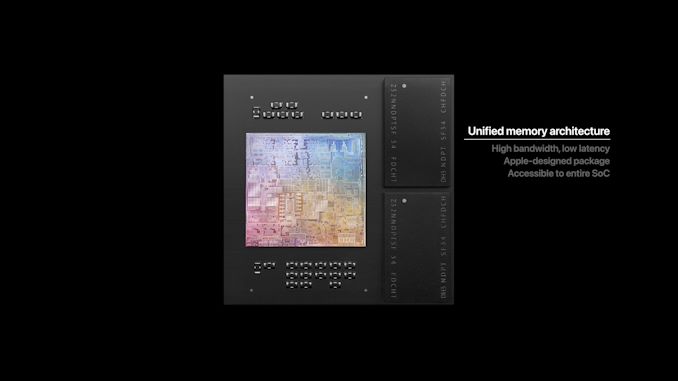
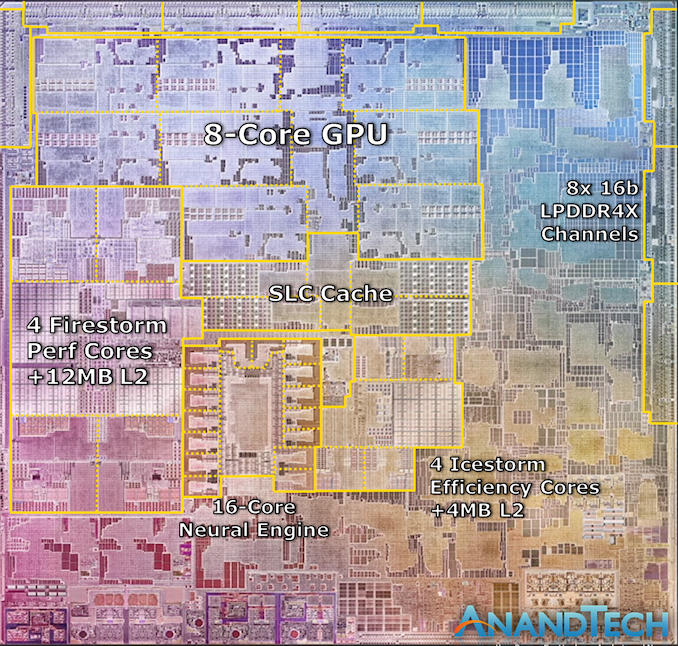
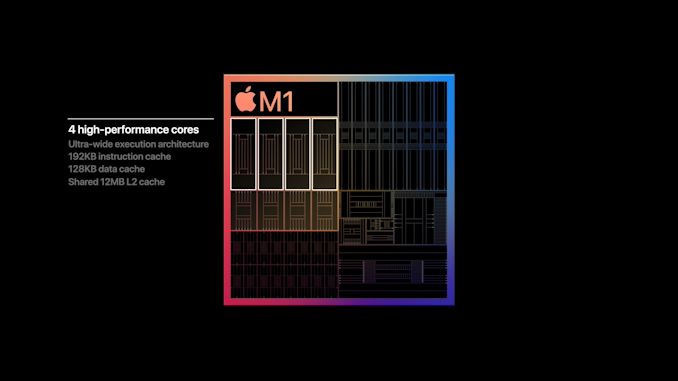

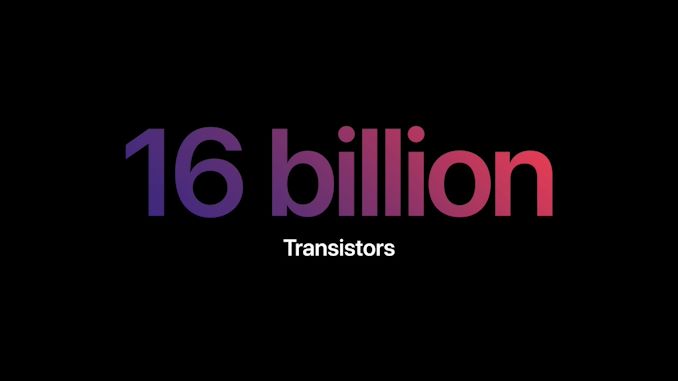
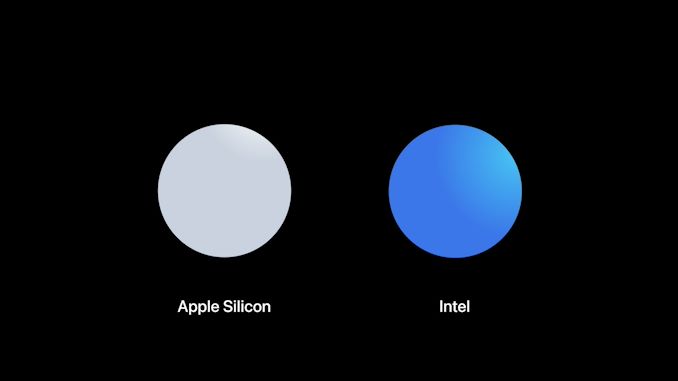








644 Comments
View All Comments
name99 - Saturday, November 14, 2020 - link
Dude, I'm on *your* side...The fact that the article has one correct point doesn't mean that it's mostly garbage.
It's not a fair analysis in that it bends over backward to make x86 look good -- and still doesn't succeed.
Arsani - Saturday, November 14, 2020 - link
You know Apple is the largest PC manufacturer by revenue right. I don't even own a mac but it seems they provide the best customer experience from what I see on the internet. Apple laptops are known to come with the least defects and their customer service is the best. Another factor is their UI is aesthetically more polished than windows and their products are just more cool than the rest. Now I don't own a mac because while I might be willing to pay for their starting prices what they charge for upgrading memory and storage is just a rip off. I also don't like that I can't upgrade the parts myself. But hey it is a business and the people who just want something that works hassle-free and premium buy apple. Many people just don't have time to deal with the problems of windows like drivers, upgrading and viruses.Silver5urfer - Sunday, November 15, 2020 - link
Man what are you talking ? Least defects ? Go to Louis Rossman and learn how garbage Macbooks are. They have tons of problems, Keyboard issues, bad wiring for Display Flex cables, horrible VRM component problems, Data recovery issues due to T2 chip, no 3rd party cheaper repair options vs their overpriced garbage Genius (those people at Genius are quite opposite to that, Apple's Technical support people are bots programmed to use Apple software and then do a software based test which is supplied by Apple and 100% propreitary, no one can bypass it has activation systems and etc licensing on top, latest iPhone blocks changing of modules.)In fact all those heating related and throttling issues are the primary reason Apple is moving away from Intel x86, they could go to AMD for better compat but their market and the investors want profit not more expenditure, re tooling every single software piece of another x86 processor which also has the TDP over 50W is not suitable for Apple computers. Because their userbase don't crunch numbers on the Macs nor game on them, nor do any heavy lifting, it's made for mostly a consumption device like iPad and less of a proper workstation / desktop class machine, the OS is also heavily leaning towards Mobile centric, just look at the Big Sur OS it's another Win10 type transitional OS onto Mobile UX, but only missing part is touchscreen, Apple don't want to do it because it will kill iPad. So having a cTDP (Configurable TDP) means another VRM adjustment and on top of heavy changes to the Software / Repair / Manufacture for one more x86, that won't net the job for them when they have Millions poured into TSMC (Yeah they poured tons of cash into TSMC for R&D) and their own A-Series / ARM derivative silicon engineering.
It all boils down to the numbers and math on top of the very important factor - appeasing their customers who are non skilled in understanding computers vs the usual *nix and Windows / Gamers.
Lizardo - Wednesday, November 18, 2020 - link
Macs are garbage? Wife has a 2013 Air she won't part with, Macs got both kids through college, and I've been working at home on a Mac for 15 years without some Windows tech support guy telling me he doesn't know either. Proper maintenance and they last a long while. And Big Sur is now running on my 2013 MB Pro.Oxford Guy - Sunday, December 6, 2020 - link
"nor do any heavy lifting"Like pro video and audio?
Alistair - Saturday, November 14, 2020 - link
I bought an Intel Tiger Lake laptop today, i7-1165G7. What a piece of crap. The new Macbook is going to walk all over the PC competition. Windows notebooks looks good until you realize the fan will be running loud just browsing websites. That and the graphics performance is laughable (XE may be a big leap for Intel, but you aren't getting a solid 60fps in Overwatch at 50 percent of 1440p at low settings...).Alistair - Saturday, November 14, 2020 - link
also the screen, wow... so bad... 768p and TV in a $1000 CAD plus tax laptopmeanwhile I have to add $500 CAD to get the same CPU in the next cheapest laptop with a good screen, so the Macbook's $1300 looks better and better now I know how bad the $1000 CAD one is...
Alistair - Saturday, November 14, 2020 - link
TNtimecop1818 - Saturday, November 14, 2020 - link
You may not be getting 60fps in overwatch but at least it runs. It's not going to run on this new useless apple shittycon laptop at all.Alistair - Saturday, November 14, 2020 - link
I'm averaging 34 fps in Overwatch at 1080p LOW settings. Way worse than any review would suggest. I re-watched Dave Lee's Razer Blade laptop review with the same CPU, the score was 117 fps.https://www.bestbuy.ca/en-ca/product/hp-15-6-lapto...
Why is it so slow? I'm using the built in Xe graphics (Iris Xe) while the Razer is using external Xe add on GPU?
Better than AMD? Don't make me laugh, this is the worst $1000 laptop I've bought. Integrated AMD graphics crushes it. Apple's will be more than twice as fast easily.